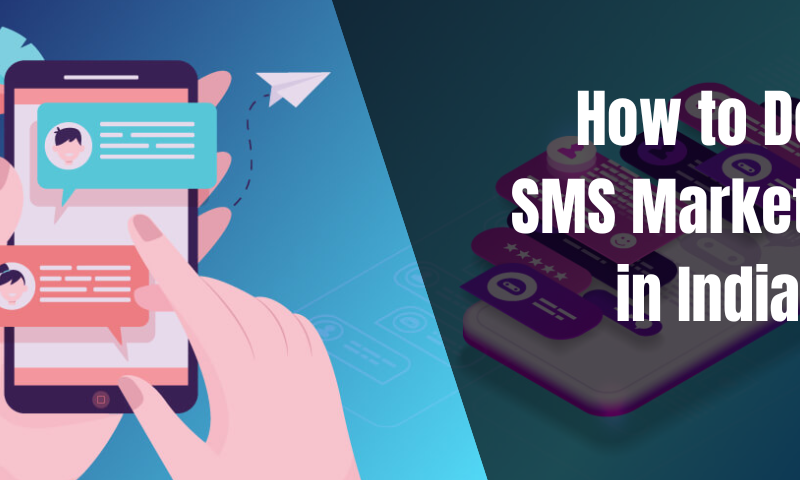
Metaverse Marketing Strategies
The market is evolving at an unprecedented rate. Patterns of communication and consumption are also shifting rapidly. The new-age consumer is tired of traditional approaches. By offering immersive experiences that are parallel to the physical world, marketing can help brands loop in more users. Also, because of the pandemic, more people are shopping, working, playing, and learning online. Hence, the shift in consumer behaviour has given way to what we call metaverse marketing.
Metaverse is a virtual universe. It is dominated by life-like graphics which allows users to experience this virtual world in an immersive manner. They can interact and socialize in this space bridging the gap between the physical and virtual.
The metaverse marketing strategy offers plenty of room for experimentation. Brands do not need to follow a definite path and can play around with their marketing and communication plans. The goal should be to engage the audience and not to displease those who are already there.
Now let’s take a look at a few strategies which will be helpful for this marketing system:
*Micro-content: One of the superb metaverse marketing strategies, creating micro-content in the form of high-quality bite-sized videos can help create a desirable image around them. Reels, TikTok videos, and shortlists can help the viewer land on the main page. Micro content, like memes and GIFs, also helps keep the buzz alive.
*Personalised offerings: NFTs (Non-fungible tokens), collectables, etc. can become functional tools of personalized marketing in the metaverse. Look-alike avatars, rare collectables, and buying virtual assistants as an extension of one’s personality offer a unique opportunity for brands to market themselves to the metaverse users. They can also cater to user emotions using AI and provide greater relevance and ultra-convenience.
*Engage with existing communities: No one likes to be overwhelmed with pushy marketing efforts. Instead of businesses showing up to an existing community and pushing marketing on its members, considering the style of the current platform might be helpful. Interacting with current members to create user-generated content such as videos, text, images and audio can help execute a business’s campaign naturally.
*Use native advertising: As people explore the metaverse, there will be opportunities for native advertising such as billboards on a virtual street or product placement. There are also sponsorship opportunities for events within the metaverse. Coca-Cola and Samsung have virtual billboards in video games such as Football Manager. Additionally, rapper and recording artist Nas hyped his new album through in-game audio ads during racing games and Fortnite.
*Create a specific metaverse platform: This is the most expensive and biggest way to invest in the metaverse. Businesses can create a game or a world specific to a company’s product or service; however, this full experience may take time and research and a significant investment to find the best fit with the target audience.
*Allow customers to try products: Using virtual and augmented reality, companies can see a 3D version product before buying it. Car companies, such as Porsche and Hyundai, have created virtual viewing rooms and events to get a virtual tour of the car. Companies can do the same with a variety of items, so customers do not have to leave their homes to try a new product, such as using augmented reality to see furniture in their homes or trying on clothing.
*Design interactive live events: Many events went virtual when the pandemic hit, but the metaverse can take them to a new level. These kinds of events are interactive with 3D options. Remote employees will also be physically present in the metaverse with others to feel less alienated. The metaverse can be more cost-effective and flexible, enabling collaboration and interaction with one another. This is done by visualizing and solving problems in 3D instead of facing the 2D limitations of virtual meetings today.
The world may still be in the first wave of consumer engagement with the metaverse, but points to learn are already emerging from companies that found early success. In some ways, the critical elements of marketing in the metaverse resemble those of designing authentic and compelling brand experiences in the physical world. But the application of these elements in the metaverse can be very different, thanks to the constant shift in the market dynamics. Hence, the perfect recipe for metaverse marketing will require its own time to evolve and be completely adapted into digital advertising strategies.



